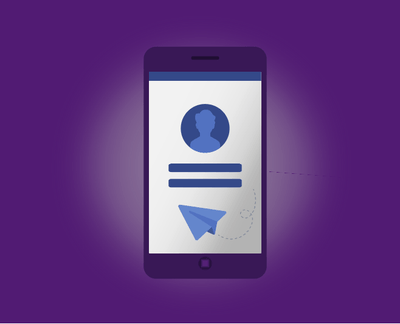We can only rely on experience, intuition and intelligence when designing a sales process. In other words, we are embarking on an experiment because our hard knowledge of the effectiveness of these activities has not yet been gathered.
At this stage, it is important to plan activities we can easily monitor and measure, for example: through accurate reports from salespeople or digital tools.

















